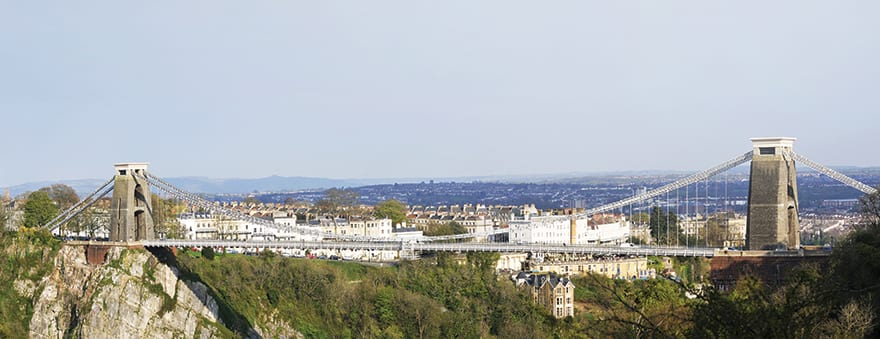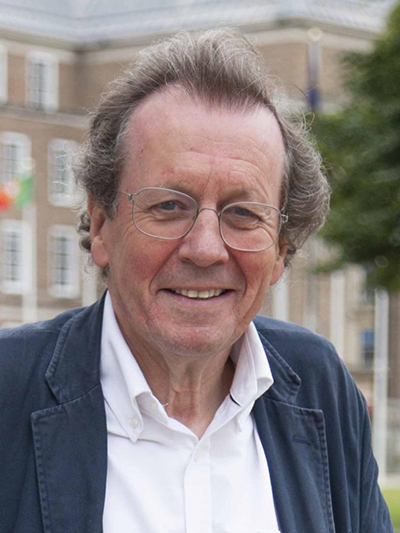Mayor George Ferguson outlines plans for an “open source” city.
Contractors bidding for the new Bristol Arena project might be disappointed by Mayor George Ferguson’s outline of the city’s “smart cities” agenda. As he points out, the logic of harnessing data at a city level is enabling better use of the infrastructure the city already has: squeezing extra capacity out of its roads, housing, business space, energy networks and car parking facilities.
So alongside the Populous-designed [corrected online] 12 000-seat Bristol Arena (above), the former RIBA president, who was directly elected mayor of Bristol in 2012, hopes there won’t be any new car parks. Instead, smartphone apps will direct visitors to the nearest – or perhaps cheapest – car parking spaces, or link them up with potential car sharers.
Read related articles
Gearing up for the smart cities revolution
Future cities: It’s all about collaboration
It’s an example, he says, that helps make what can be an “ethereal” concept more real. “Fewer unnecessary car journeys means we’re cleaning up the air, reducing respiratory problems and hospital admissions. It’s very citizen- and people-centred. It starts with a need, then a smart system meets that need – it’s not an academic or a techie exercise. The programme is about making life better for citizens.”
In January 2015, Bristol challenged itself to be a smart cities leader, and a “laboratory” for data-driven innovations in public services and private enterprise. Now, Ferguson says, it’s “the most advanced smart data project in the UK – and by all accounts one of the most advanced in the world.”
At its heart is a 50:50 joint venture partnership with Bristol University, where the city council contributes data on the city and its services, and the university creates an open source “city operating system”.

Bristol is the “most advanced smart data project in the UK”
“We want organisations to come to the city as a laboratory to shake up what we do. By it being open, they can do their research in the real world and contribute to our needs,” he explains.
Bristol also has significant head start thanks to a pre-existing 100km ducting network – the result of a cable television experiment in the 1970s – that will contain the fibre optic cable, creating a data “loop” containing about 1 million people. There will also be public wi-fi masts creating a “canopy of connectivity”.
But can smart cities help with one of the most pressing questions for Bristol and other cities: the shortfall in affordable housing? Ferguson acknowledges that scope is limited. “It can help, for example by facilitating room-sharing, and helping to make the most of existing resources. But it won’t build new houses,” he says.
However, Rob Shaw of LDA Design does foresee opportunities. If councils can position themselves as renewable energy providers, thereby generating long-term revenue streams from energy, they could use the proceeds to develop homes. “Housing and energy can be dealt with together. Often, the biggest constraint in developing land is the energy infrastructure,” he says.
In fact, Bristol is taking the first steps on that journey, by building three district energy centres (the first advised by WSP Parsons Brinckerhoff) putting PV panels on council-owned homes, schools and offices (with Siemens and Western Power), experimenting with new battery storage technologies and setting up an energy company. “We’re offering clean, reasonably priced energy in competition with the Big Six,” Ferguson says.
So what will a smarter city look like? Ferguson-the-architect characterises it as a higher density environment than today’s. “A high density city can support more facilities and more public transport. Intelligently used smart systems will enable us to create amenable places that are people-oriented and less car-dominated,” he concludes.

We want organisations to come to the city as a laboratory to shake up what we do. They can do their research in the real world.– George Ferguson, mayor of Bristol
Comments
Comments are closed.














Thanks for excellent article – but it is a 12,000 capacity arena – not 21,000!
I really like the idea of the car parking seeking software. I hope that it can be developed where the driver can “book” his space before he leaves home. What a tremendous advantage and saving of fuel time and pollution.